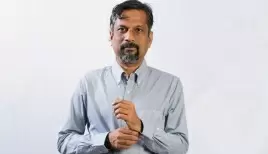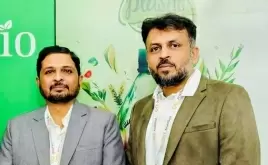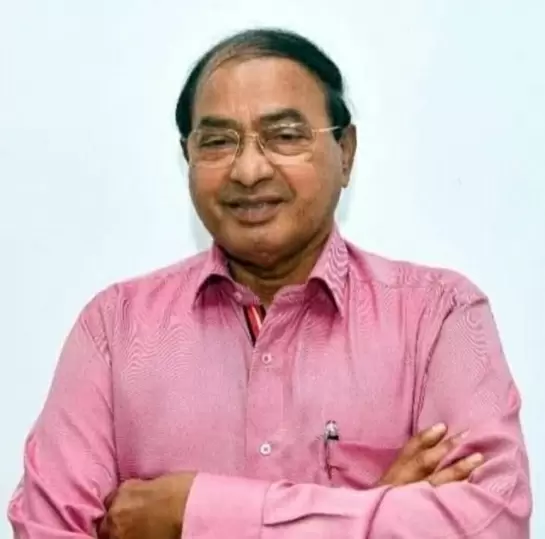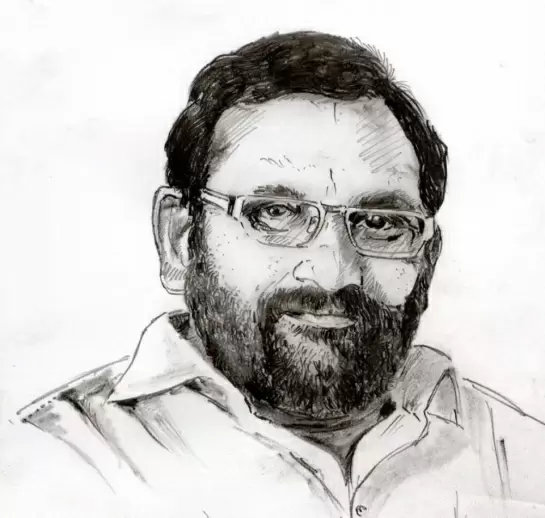Modern trail-blazing farmers in Koraput district are all women

26-October-2012
Vol 3 | Issue 43
Indian women farmers are emerging as the backbone of the rural economy. Recent data from the National Sample Survey Organisation (NSSO) data revealed that 18 per cent of farming families are headed by women.
To put faces to these figures, one just has to travel to Odisha’s largely tribal district of Koraput and one can find hard working women creating a space for themselves through their agricultural activities and ensuring food security for entire villages in the process.
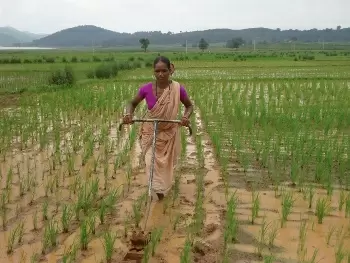 |
|
Tribal women like Manima (in pic) are creating a farming revolution in Koraput (Photos: Sarada Lahangir/WFS)
|
Take Kamala Pujari, 62, of Patraput village in Koraput. As a tribal woman, she has been something of a trail-blazer by preserving hundreds of indigenous varieties of paddy.
Says Pujari, “We have a small patch of land on which we are dependent for our survival. I had observed that our region was once home to some of the best varieties of paddy but over the years they had disappeared and some were on the verge of extinction. This had happened because tribal farmers, who were dependent on cultivation for their livelihood, gave up farming and preferred to become wage-earners instead.”
This neglect of farming saddened Pujari so much that she decided to take up traditional farming seriously. Her first stop was the M.S. Swaminathan Research Foundation at Jeypore.
Once she had learnt the basic techniques there, she was determined to get others to join in. But no one turned up for the group meetings she tried to organise. Recalls the feisty farmer, “I had to virtually go from door to door, from village to village, convincing people of the rich returns inherent in organic farming; highlighting the fact that it did not damaging the fertility of the soil.”
Her single-minded crusade worked. Today, there is not a single farmer in Patraput village and its neighbouring areas, who uses chemical fertilisers. Most of the women in the village, who once eked out a living by gathering minor forest produce, shifted to cultivation full-time.
Champa Muduli, 35, is one of them. She smiles and says, “All credit for this should go to Kamala Ma. She showed us how to get good harvests from organic farming. Now our children don’t go to sleep hungry.”
Kamala Pujari’s contributions won her The Equator Initiative Award in 2002 and she was given the Krusi Bisarada Samman in New Delhi a year later.
Equally amazing is the story of Ralila Muduli, another tribal woman from Boliguda village of Boipariguda block, Koraput. After struggling to feed her family of six, she was introduced to a nature-friendly farming system that not only changed her status but that of her tribal community.
Their farming technology came to be recognised as a Globally Important Agricultural Heritage System (GIAHS) and Ralila was personally felicitated by the prime minister for her work.
Earlier, rice cultivation in her village had demanded large amounts of chemical fertilisers. Now, thanks to her advocacy farmers have switched to cow dung and vermicompost for manure.
Ralila explains the method, “To prevent crops from getting infected, we prepare insecticides in the traditional manner by using neem leaves and other plants found in the forest. Through this method of farming we have been able to increase our annual yields by almost three times – and at much less cost.”
Ralila says that she now has an annual income of Rs 50,000 (US$1=Rs 52) and can feed her family comfortably, with the children in the family being able to attend school.
In rural Koraput, one can find women involved in every stage of food production. Although it is the men who usually drive the draught animals and plough the fields, women do most of the other work, including sowing, weeding, and harvesting.
Women like Manima Disari, living in the remote village of Gadiagumma in Nandapur block of Koraput. A skillful tribal woman farmer, Manima, in her early thirties, lives with her husband and three children in a joint family comprising her and her brother-in-law’s family.
Together they own 10 acres of land and its produce is shared between 12 members. They grow paddy in six acres and ragi in another three acres. These food grains are meant exclusively for the consumption of both families. The rest of the land, along with an additional three acres taken on lease, are used to grow maize, vegetables, pulses, spices and the medicinal Pipla plant for cash income.
Three years ago, Manima decided to experiment with the SRI (System of Rice Intensification) approach to rice cultivation in a plot of about half an acre, and became the first woman in her village to do so.
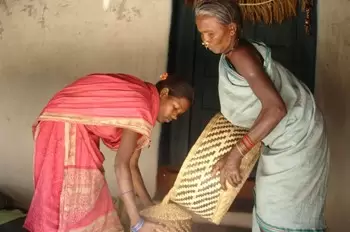 |
|
Kamala Pujari has been preserving hundreds of indigenous varieties of paddy
|
The SRI system was developed as a methodology aimed at increasing the yield of rice by spacing out the saplings evenly so that each gets adequate nutrition. It was after participating in a farmers’ training programme, organised by Pragati, a Koraput-based civil society organisation that Manima learnt about this method and decided to switch to it.
“Initially, my husband and my in-laws were very reluctant, but finally they agreed to support me if I confined myself to a small patch,” she recalls. Fortunately for her, that initial foray proved successful, and she was allowed to expand the area under SRI cultivation to one acre in 2011.
She discovered that by using less seed and less labour than the conventional method, she could garner a larger harvest - 20 quintals of paddy from an acre when earlier she had got only 12 quintals. The impact on her family was telling. They no longer had to be dependent on rice from the public distribution system to feed themselves.
Encouraged by the results, Manima and her family took the decision to put all the six acres of paddy land under SRI. Her family members helped her prepare the seed bed, complete the transplanting, and do the weeding. After that the organic manure Manima had already prepared was used. So far, the results have been encouraging. Only 12 kilos of seeds were needed for all six acres.
This is as far as paddy cultivation goes. Manima also has plans to cultivate Pipla, turmeric and pigeon pea on her farm because she believes that crop diversity is the key to keeping the land fertile and ensuring a full food basket. Today, she has inspired many in her remote village to adopt the SRI method of rice cultivation and prepare potted manure at home.
Women like Manima make Prabhakar Adhikari, Director, Pragati, very proud. He says, “Tribal women have lot of potential as farmers since they have a great deal of indigenous knowledge. They are also hardworking and receptive to change. They only need to be guided in the right direction.”
Dr M.S. Swaminathan, the father of India’s green revolution, and founder of the research centre in Koraput’s Jeypore, which has helped to change destinies in this part of the world, is convinced about one thing. “Women farmers will determine India's agrarian and rural economy in the years to come,” he says.
Going by the example of women farmers like Kamala, Raila and Manima, it looks like he is going to be proved right.
(This article is written as part of the Akshaya Patra-One World Media Fellowship on Hunger.) - Women's Feature Service)




